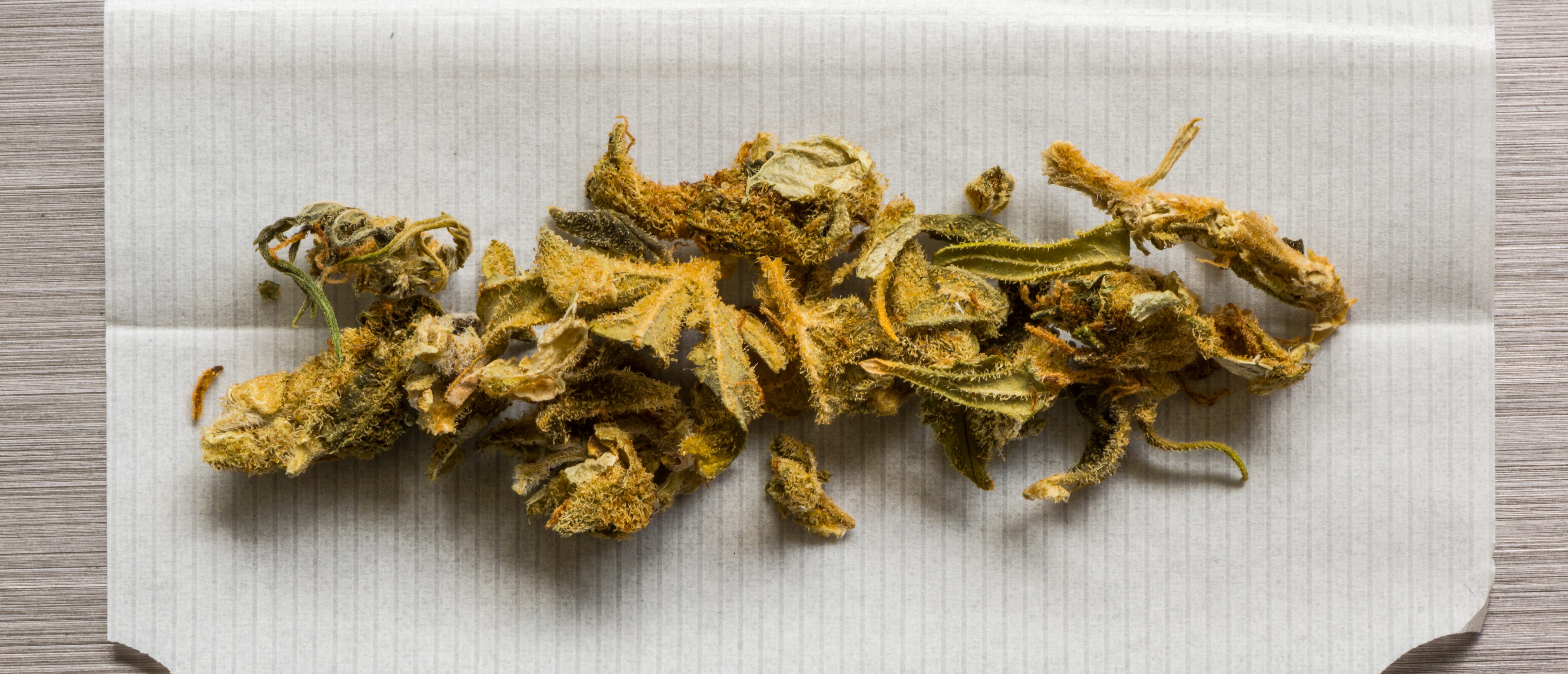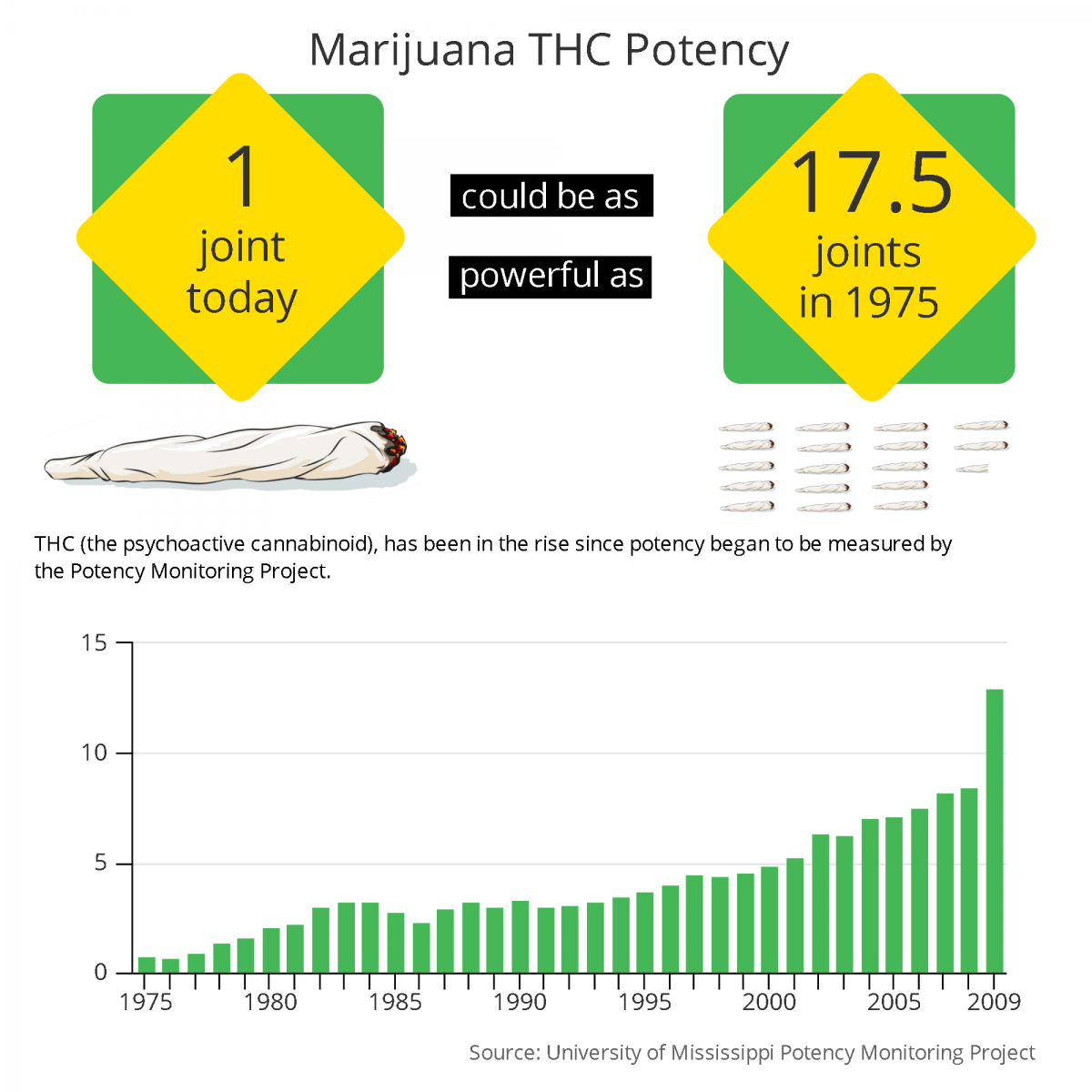
Today’s Marijuana is Not the Same as Yesterday’s
“[Marijuana] is the biggest drug problem in the United States,” says Peter Delany of the Substance Abuse and Mental Health Services Administration (SAMHSA). Although teen alcohol and tobacco use are down, Delany says, “We haven’t had such luck with marijuana… Society still has very mixed feelings.” One issue to be aware of is the higher THC content of today’s marijuana.
About one in 10 people who try cannabis get addicted. “No one knows why some people get addicted and others do not, but younger users are more vulnerable than older ones,” says Nora Volkow, director of the National Institute on Drug Abuse (NIDA).
Delany, who is the parent of a teenage son, notes that some parents are uncomfortable telling their children not to use marijuana because they’ve used it. He says parents need to get over the ambivalence and make it clear to preteens and teens that marijuana use is risky. Volkow believes that medical marijuana may be partially to blame for rising rate of marijuana use. Adolescents are hearing about medical benefits which may make them not see the harm.
Higher THC
Volkow notes the marijuana available today is at least 10 times stronger than it was in the 1970s and 1980s; it is also more addictive. She also stresses that research suggests that regular marijuana use interferes with learning and memory. Animal studies also show that repeated exposure makes animals more anxious and negative. For people with a genetic vulnerability to schizophrenia, marijuana can trigger a psychotic episode.
Higher THC content may cause some users to become higher than intended, even when smoking the same amount as usual.
 THC vs. CBD
THC vs. CBD
One important difference between the cannabis that was around decades ago and today is the proportion of THC (tetrahydrocannabinol) to CBD (cannabidiol). THC is a psychoactive compound, meaning it makes you feel high. CBD is a cannabinoid being studied to determine if it provides therapeutic relief for certain ailments like chronic pain and glaucoma. Those who are using cannabis products medically (where legally available), may not be getting as much CBD, or as much benefit. More study is ongoing, both tracking what benefits CBD might provide, as well as tracking the amount of THC in various strains.
Research In Action
Sometimes parents are reticent to talk to their teens about not using alcohol or other drugs (AOD). This might be due to their own use either currently or when they were teens. Regardless of whether you used in high school (or still use), it is important to help your teen understand the real consequences of using AOD. Remember that you are under no obligation to share your use history with your teen. If you do choose to share, be sure to focus on the negative consequences, rather than stories of your “glory days.”
For teens who have used AOD a few times, education classes can help them understand why it is important to abstain. For those with a regular use pattern, ongoing treatment can help them stop their use.